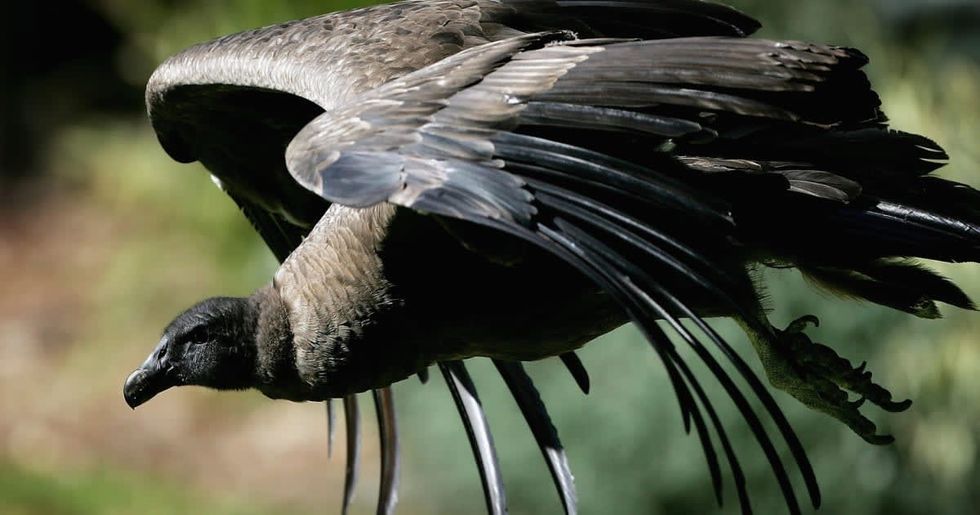When we gaze towards the clouds and see birds gliding gracefully across the sky, it's hard not to be in awe of their remarkable abilities. Among these feathered travelers, 4 species possess the unique talent to soar aloft, flying for hours on end without once flapping their wings—a rare and fascinating phenomenon. According to IFLScience, Andean condors are said to be the world's heaviest soaring birds and are also long-distance travelers and are said to cover almost 100 miles without flapping their wings.

This latest claim by scientists has been backed up by an experiment highlighting the special powers of these birds. The experiment conducted by a team from Swansea University and the National University of Comahue tracked eight Andean condors for five years and in the process, fitted them with a GPS device and a recording unit that could log their wingbeats.
Upon thorough research and experiment, the observations showed that the birds spent just 1 percent of their time aloft flapping their wings, mostly during take-off. According to the Guardian, one of the birds flew for over five hours without flapping its wings. It covered more than 100 miles (160 kilometers).
Emily Shepard, a study co-author and biologist at Swansea University in Wales, talked about the incredible features of the bird, saying, "Condors are expert pilots but we just hadn’t expected they would be quite so expert." The study was published in Proceedings of the National Academy of Sciences journal on Monday. On the other hand, David Lentink, an expert in bird flight at Stanford University who was not involved in the research, said "The finding that they basically almost never beat their wings and just soar is mind-blowing."

Simply put, the Andean condor is a vulture with extreme soaring skills, which is crucial for its scavenger lifestyle. Like vultures, it circles high mountains for hours looking for a meal. Sergio Lambertucci, a study co-author and biologist at the National University of Comahue in Argentina, said, "When you see condors circling, they are taking advantage of those thermal uplifts or rising gusts of warm air."
Before concluding the experiment, researchers noticed one thing in particular, the bird's decision-making ability. The experiment shed light on the fact that despite the fact the birds were young, they were well-versed with the flying patterns and as efficient as their older counterparts.

















 A symbol for organ donation.Image via
A symbol for organ donation.Image via  A line of people.Image via
A line of people.Image via  "You get a second chance."
"You get a second chance." 


 36 is the magic number.
36 is the magic number. According to one respondendant things "feel more in place".
According to one respondendant things "feel more in place". 
 Some plastic containers.Representational Image Source: Pexels I Photo by Nataliya Vaitkevich
Some plastic containers.Representational Image Source: Pexels I Photo by Nataliya Vaitkevich Man with a plastic container.Representative Image Source: Pexels | Kampus Production
Man with a plastic container.Representative Image Source: Pexels | Kampus Production
 Photo by
Photo by 
 Canva
Canva It's easy to let little things go undone. Canva
It's easy to let little things go undone. Canva
 Teens are waiting longer than at any point in the survey’s history. Canva
Teens are waiting longer than at any point in the survey’s history. Canva Chart on the age of a person’s first time having sex.National Survey of Family Growth/flowing data.com | Chart on the age of a person’s first time having sex.
Chart on the age of a person’s first time having sex.National Survey of Family Growth/flowing data.com | Chart on the age of a person’s first time having sex.